Discovering Bhutan: A Journey through Enchanting Landscapes and Cultural Richness
As Bhutan continues to captivate the hearts of travelers, 2024 beckons with promises of unparalleled beauty and cultural richness. The Kingdom of Bhutan, nestled in the Eastern Himalayas, offers a wealth of must-see destinations that highlight its unique blend of natural splendor and cultural heritage. This guide explores some of the most enchanting locations that should be on every traveler’s itinerary.

Paro Taktsang (Tiger’s Nest)
Overview
Perched dramatically on the edge of a cliff in the Paro Valley, Taktsang Monastery, also known as Tiger’s Nest, is one of Bhutan’s most iconic and sacred sites. The monastery is situated approximately 3,000 meters above sea level, providing breathtaking views of the valley below.
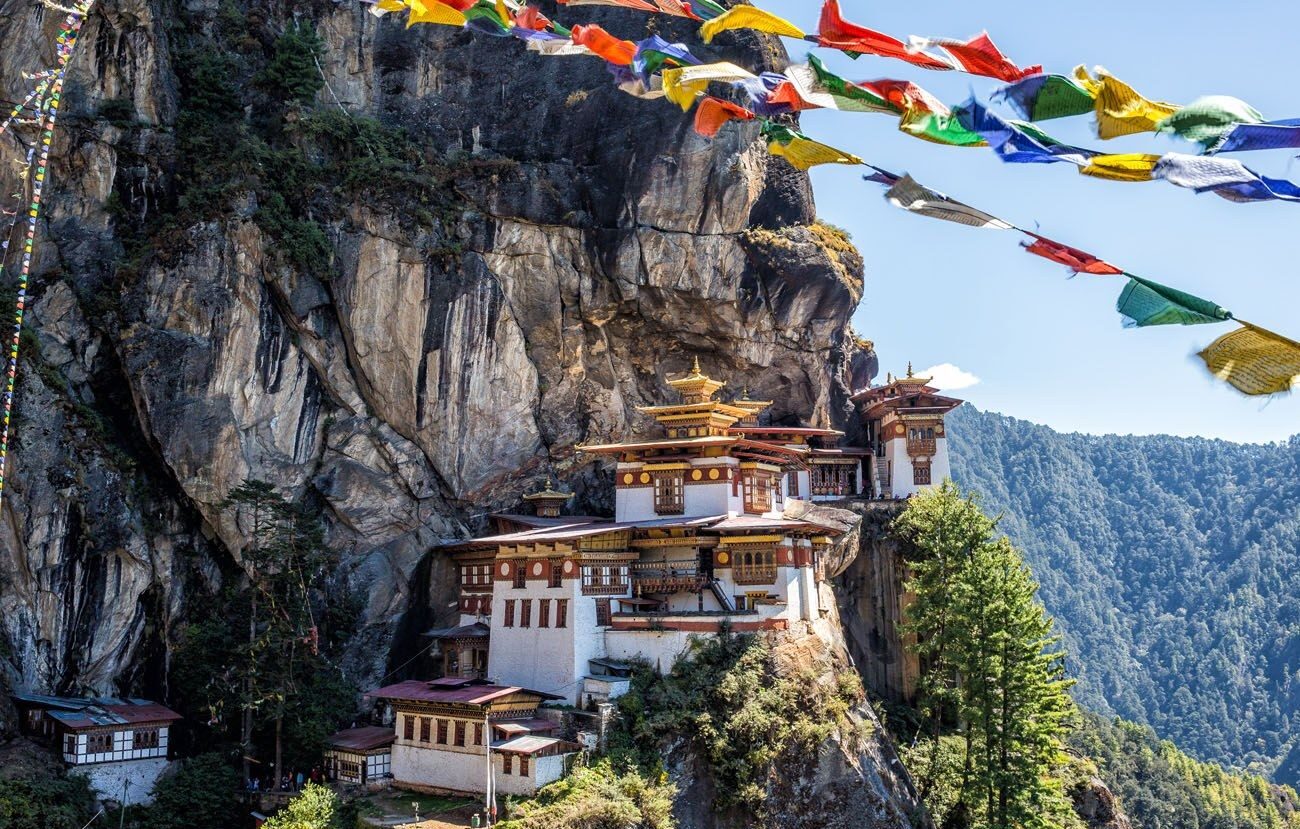
Historical Significance
According to legend, Guru Rinpoche, who introduced Buddhism to Bhutan, flew to this location on the back of a tigress and meditated in a cave here. The monastery was built around this cave in 1692, and it remains a significant pilgrimage site for Buddhists.
Experience
Reaching Tiger’s Nest requires a challenging but rewarding trek through lush forests and along steep trails. The journey itself is a meditative experience, offering opportunities for reflection and immersion in nature. Upon arrival, visitors are rewarded with stunning architecture and panoramic views, making the effort worthwhile.
Punakha Dzong
Overview
Situated at the confluence of the Pho Chhu (Father) and Mo Chhu (Mother) rivers, Punakha Dzong is an architectural marvel and a symbol of Bhutan’s historical and spiritual legacy. Known as the “Palace of Great Happiness,” this fortress is located in the fertile Punakha Valley.
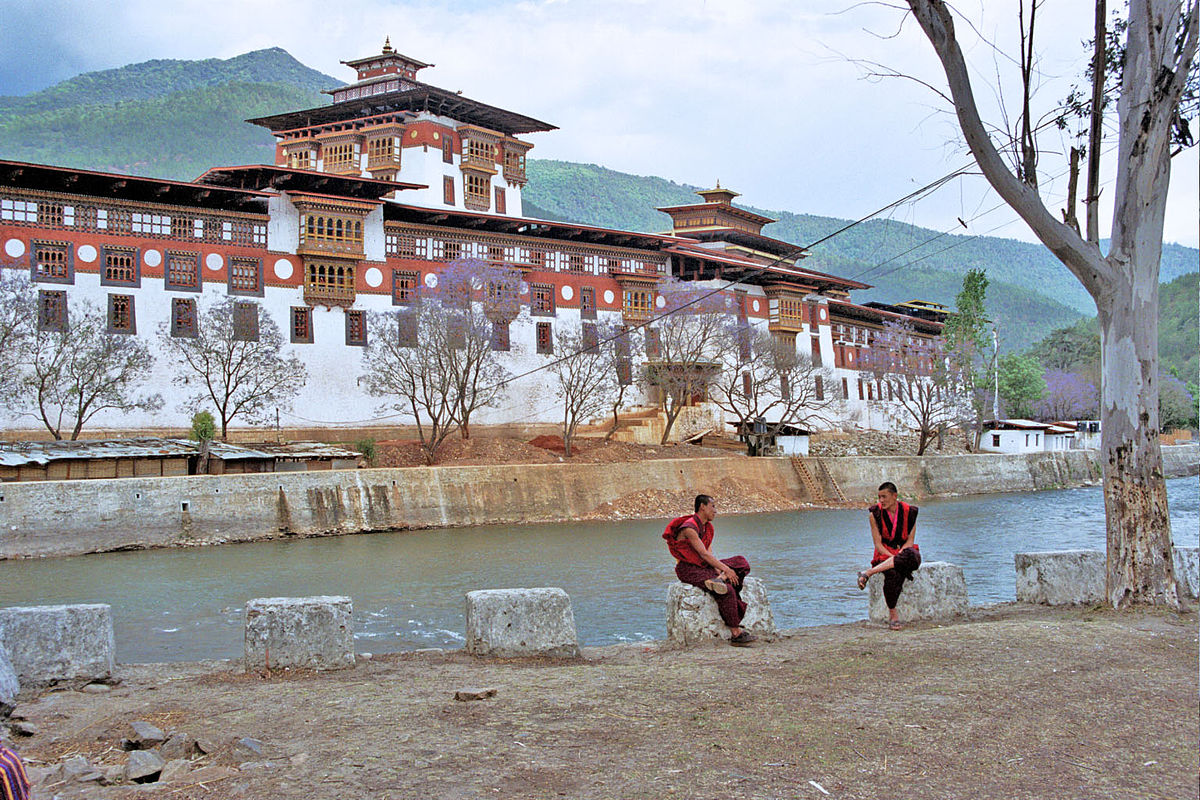
Historical Significance
Constructed in the 17th century by Zhabdrung Ngawang Namgyal, the dzong has played a pivotal role in Bhutan’s religious and political affairs. It was the site of the coronation of Bhutan’s first king and continues to serve as the winter residence for the central monastic body.
Architectural Features
Punakha Dzong is renowned for its intricate woodwork, ornate paintings, and towering whitewashed walls. The fortress’s grand architecture reflects the elegance of traditional Bhutanese design, making it a must-visit for architecture enthusiasts and history buffs alike.
Thimphu:
Overview
Nestled in the heart of the Eastern Himalayas, Thimphu, the capital city of Bhutan, is a captivating blend of ancient traditions and contemporary dynamism. This picturesque city is the political, cultural, and economic nucleus of the Kingdom of Bhutan.
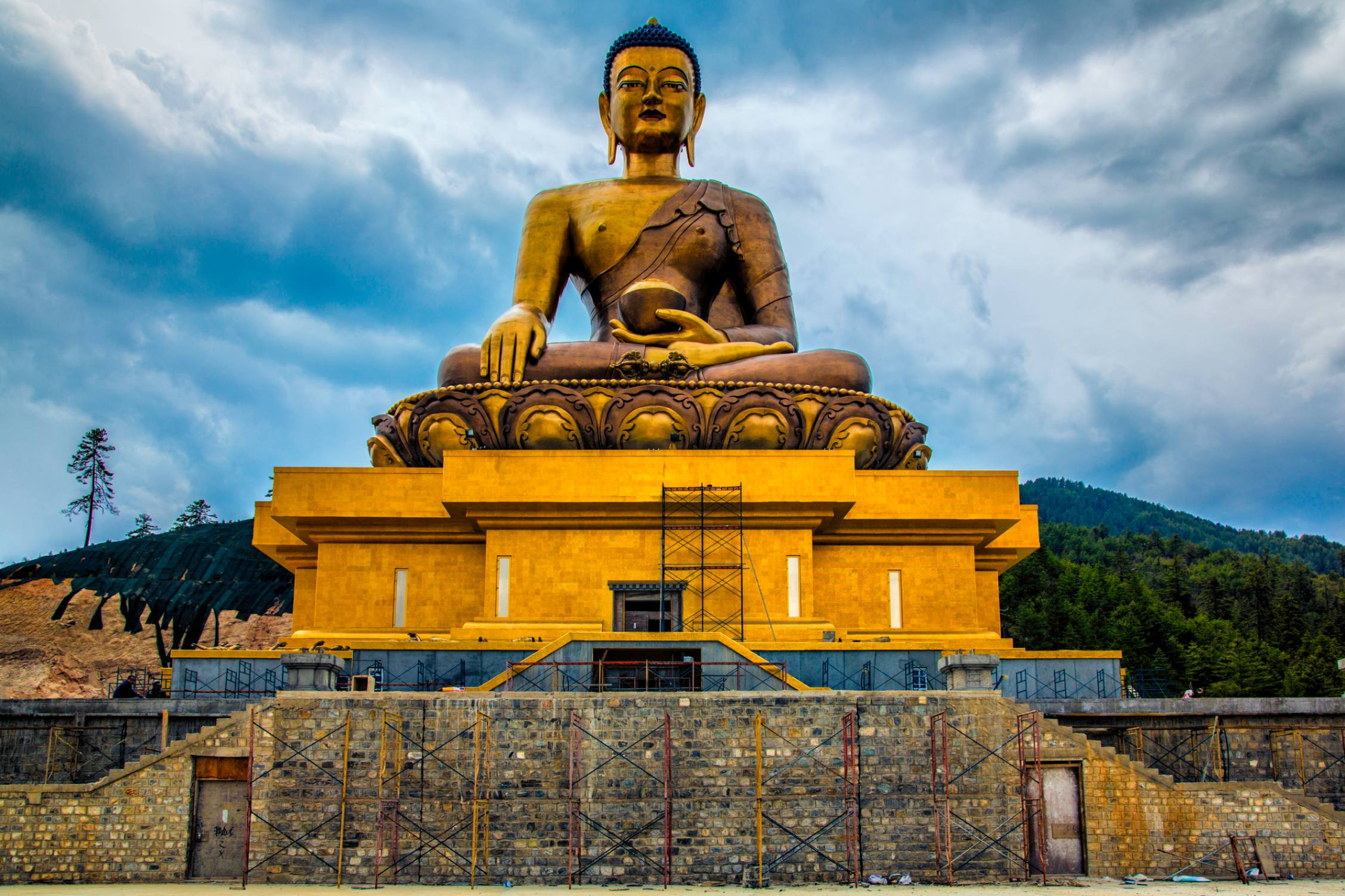
Cultural and Modern Blend
Despite its status as the capital, Thimphu maintains a unique charm where traditional Bhutanese architecture coexists harmoniously with modern developments. The city skyline is adorned with fluttering prayer flags, while bustling markets, monasteries, and government buildings create a vibrant tapestry.
Must-Visit Sites
– Buddha Dordenma Statue: A massive statue that overlooks the city, offering stunning views and a sense of peace.
– Tashichho Dzong: A magnificent fortress that serves as the throne room and the administrative offices of the king.
– Weekend Market: A bustling market where locals sell a variety of goods, offering a glimpse into daily Bhutanese life.
Dochula Pass:
Overview
Situated at an altitude of 3,100 meters, Dochula Pass is a breathtaking mountain pass that graces the journey between Thimphu and Punakha. Renowned for its panoramic views of the eastern Himalayas, Dochula Pass is both a natural and cultural landmark.
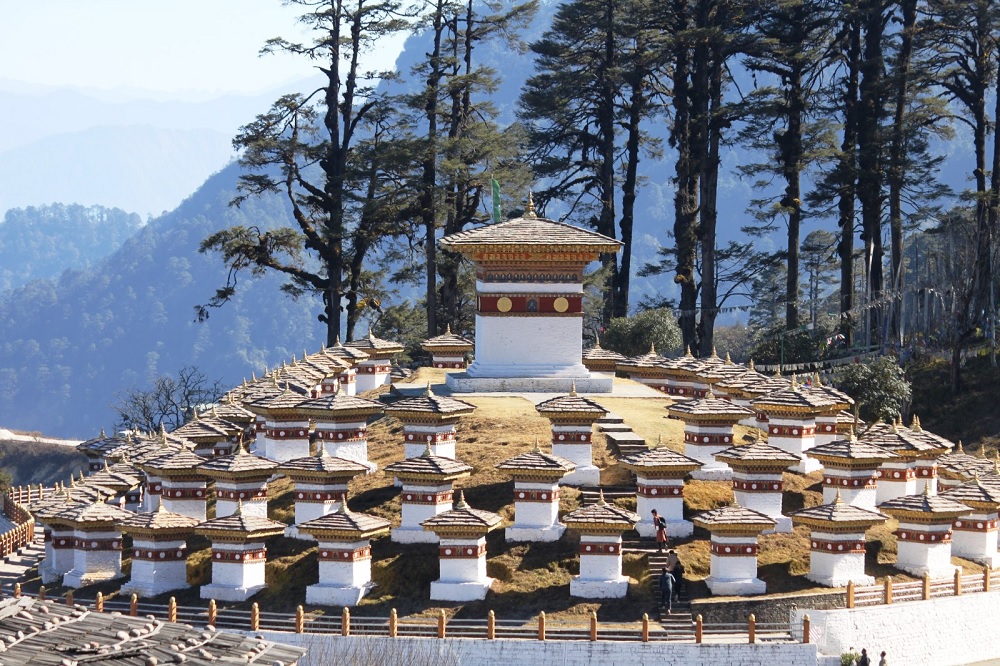
Memorial Chortens
The pass is adorned with 108 memorial chortens, known as Druk Wangyal Chortens, built to honor the Bhutanese soldiers who sacrificed their lives in the 2003 conflict against Indian insurgents. These whitewashed stupas set against the backdrop of snow-capped peaks create a serene and poignant atmosphere.
Visitor Experience
Dochula Pass is a perfect spot for reflection and photography, offering breathtaking vistas and a tranquil environment. It’s an excellent location for visitors to pause and appreciate the natural beauty and historical significance of Bhutan.
Gangtey Valley:
Overview
Nestled within the pristine landscapes of Bhutan’s central heartland, Gangtey Valley, also known as Phobjikha Valley, is a serene and idyllic haven. This valley is renowned for its picturesque landscapes, traditional farmsteads, and as the winter home to the endangered black-necked cranes.
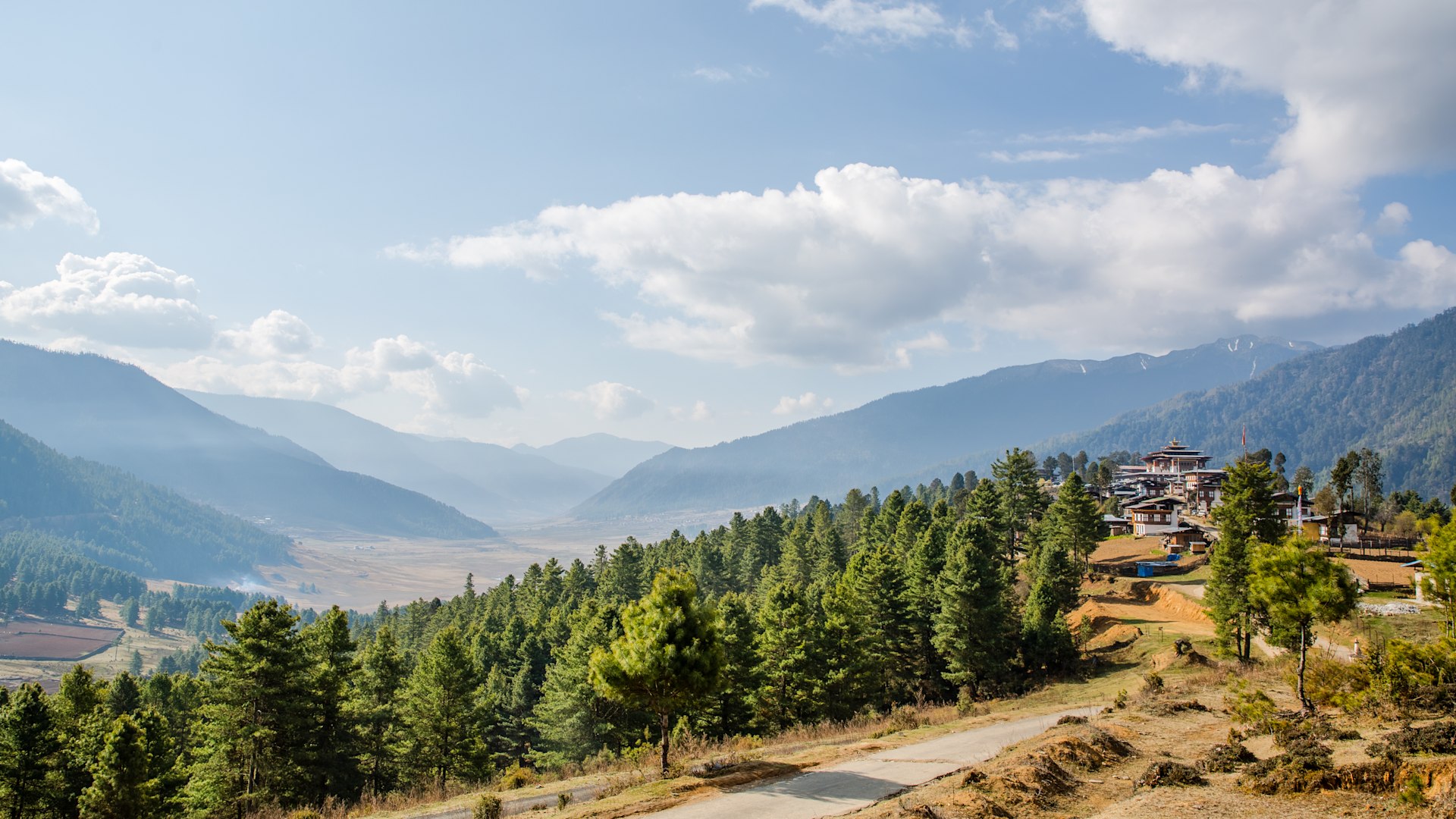
Natural Beauty
Surrounded by gentle slopes and verdant meadows, Gangtey Valley offers a refreshing escape from urban life. The valley’s natural beauty is enhanced by the presence of these graceful cranes, which migrate here from Tibet during the winter months.
Cultural Significance
The Gangtey Monastery, an ancient religious site located in the valley, provides stunning panoramic views and insight into Bhutanese spirituality. The monastery is a central point for local festivals and religious activities, making it a cultural hub in the region.
Haa Valley:
Overview
Nestled in the western part of Bhutan, Haa Valley is a hidden gem that offers pristine natural beauty, traditional Bhutanese villages, and scenic hiking trails. It is less frequented by tourists, making it an ideal destination for those seeking peace and an authentic cultural experience.
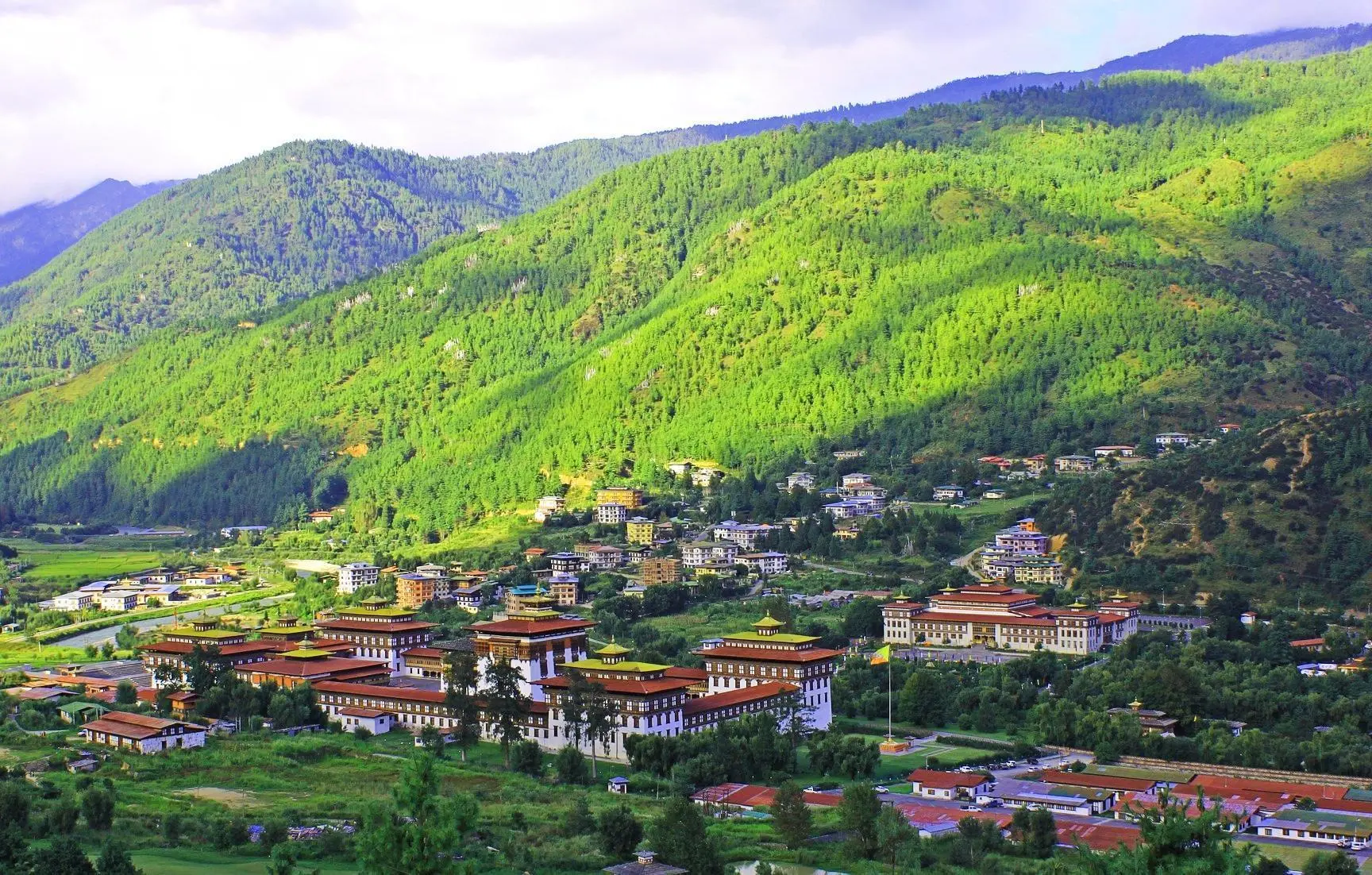
Natural and Cultural Attractions
Haa Valley is characterized by its rolling hills, traditional farmhouses, and lush forests. The valley is also home to several historical temples and fortresses, such as the Lhakhang Karpo (White Temple) and Lhakhang Nagpo (Black Temple).
Outdoor Activities
The valley’s scenic hiking trails offer opportunities for outdoor enthusiasts to explore the area’s natural beauty. Haa Valley is also an excellent location for bird watching, photography, and immersing oneself in the local way of life.
Trongsa Dzong:
Overview
Located in central Bhutan, Trongsa Dzong is an impressive fortress that played a crucial role in the country’s history. It is perched on a ridge overlooking the Mangde River, providing magnificent views of the surrounding landscape.
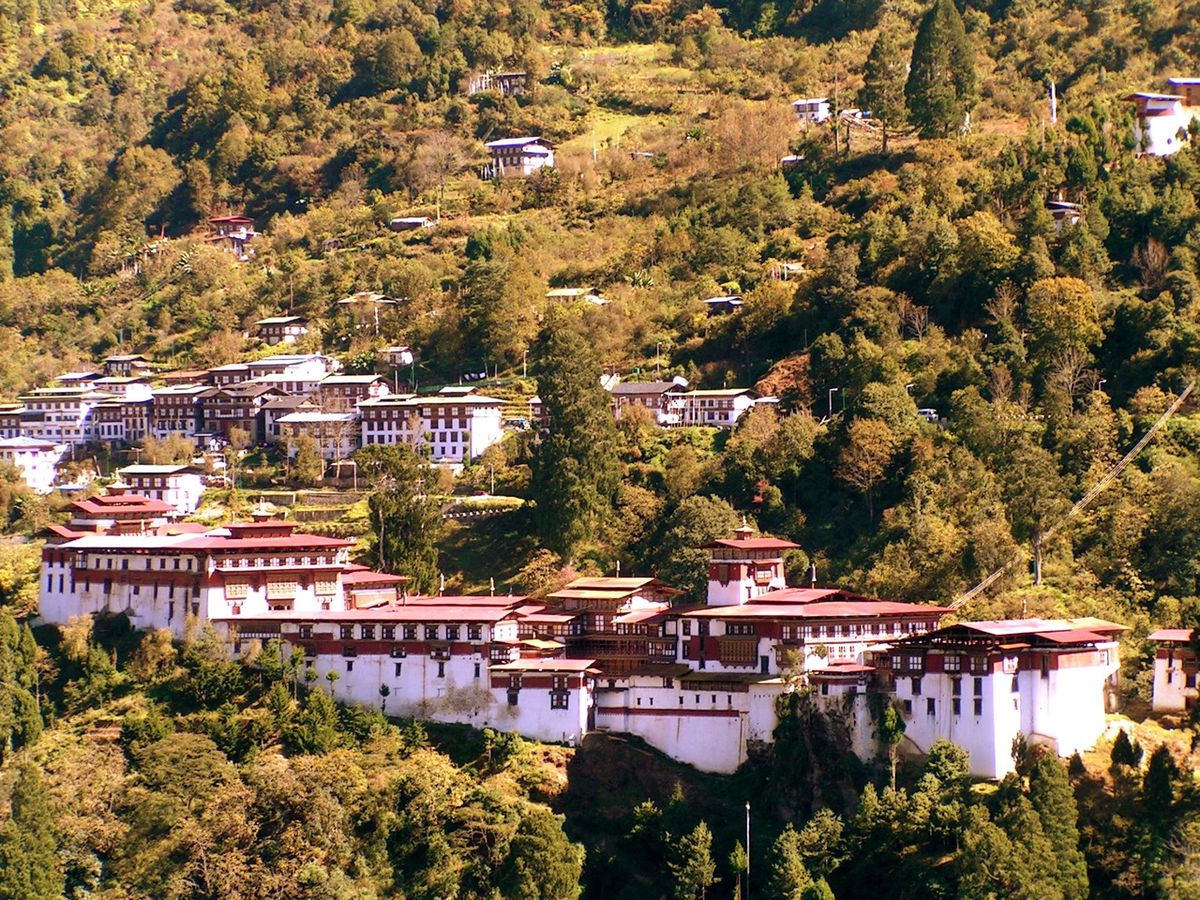
Historical Significance
Trongsa Dzong has historically been a strategic site for controlling central and eastern Bhutan. It served as the seat of power for the Wangchuck dynasty before they became the ruling monarchy of Bhutan.
Visitor Experience
The dzong houses a museum showcasing Bhutanese artifacts, including ancient weaponry, religious relics, and historical documents. Visitors can explore the dzong’s labyrinthine corridors and courtyards, gaining insight into Bhutan’s rich heritage.
Phobjikha Valley:
Overview
Known for its picturesque landscapes and being the winter roosting ground for black-necked cranes, Phobjikha Valley is a serene and untouched destination in central Bhutan. The valley is characterized by its sweeping meadows, traditional villages, and tranquil atmosphere.
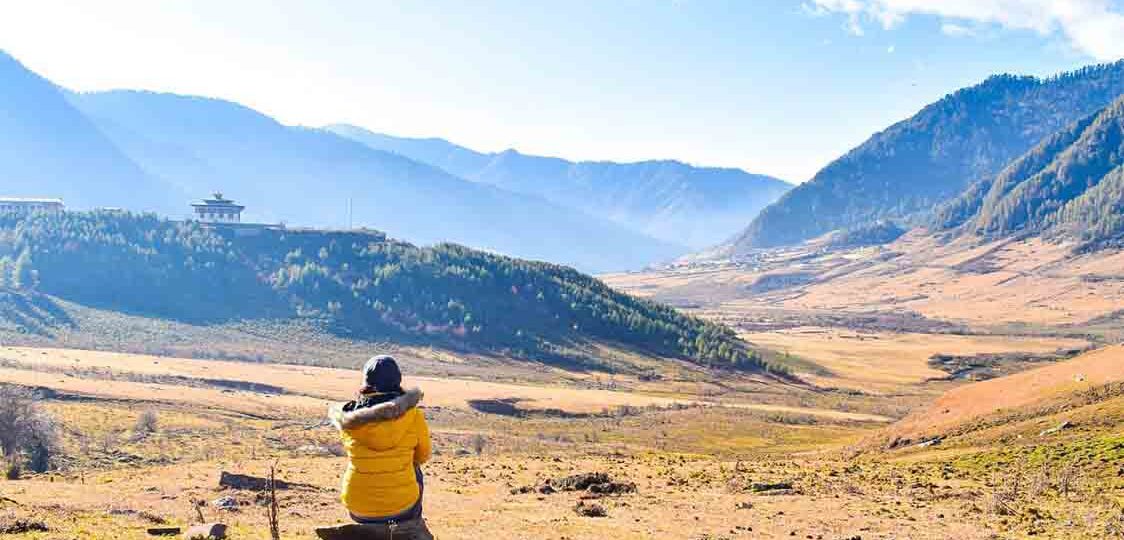
Wildlife and Nature
Phobjikha Valley is a haven for wildlife enthusiasts, particularly bird watchers, who come to see the black-necked cranes. The valley’s conservation efforts ensure that these endangered birds have a safe habitat during their winter migration.
Cultural Sites
Visitors to Phobjikha Valley can explore the Gangtey Monastery, an important religious site that overlooks the valley. The monastery is a center for local festivals and religious activities, offering a glimpse into the spiritual life of the Bhutanese people.
Wangdue Phodrang Dzong:
Overview
Perched on a ridge overlooking the Punakha River, Wangdue Phodrang Dzong is one of the largest and most impressive dzongs in Bhutan. It serves as both a fortress and a monastery, playing a vital role in the region’s religious and administrative affairs.

Architectural Marvel
The dzong’s strategic location provides panoramic views of the valley and river below. Its massive structure and intricate woodwork reflect the grandeur of traditional Bhutanese architecture.
Visitor Experience
Visitors to Wangdue Phodrang Dzong can explore its courtyards, temples, and administrative offices. The dzong’s historical and architectural significance make it a must-see for those interested in Bhutan’s cultural heritage.
Conclusion
Bhutan is a land of enchanting landscapes, rich cultural heritage, and warm hospitality. From the iconic Tiger’s Nest Monastery in the Paro Valley to the serene Gangtey Valley and the historical Trongsa Dzong, each destination offers a unique glimpse into the heart of this Himalayan kingdom.
As you explore these must-see destinations, you will discover the unparalleled beauty and cultural richness that make Bhutan a captivating and unforgettable travel destination. Whether you are drawn by the challenging treks, the architectural marvels, or the serene natural landscapes, Bhutan promises a journey filled with wonder and discovery.

